Physical Properties Analysis Group (PA), Physical Reference Laboratory Center (PRLC)
Rubber Products
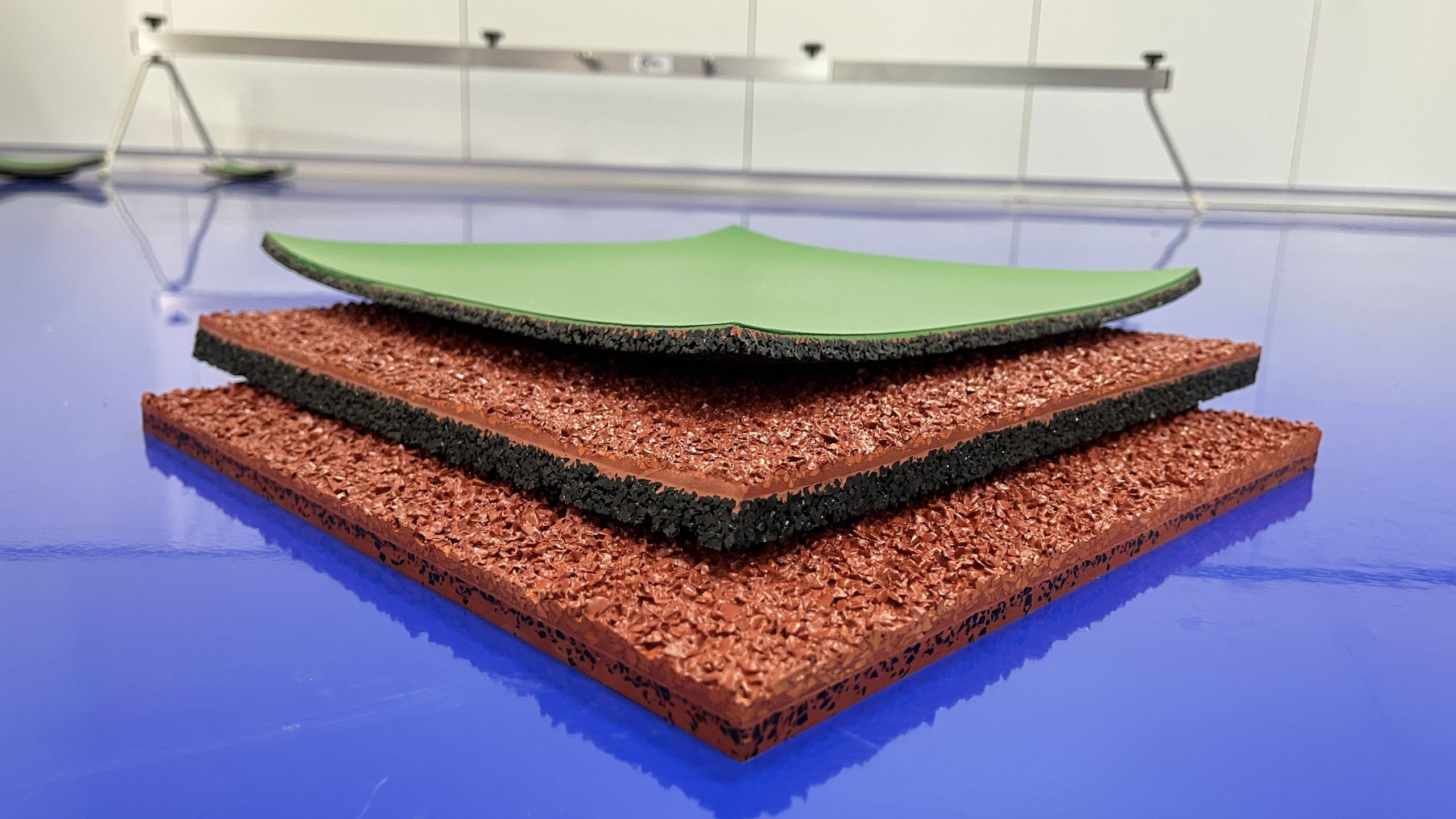
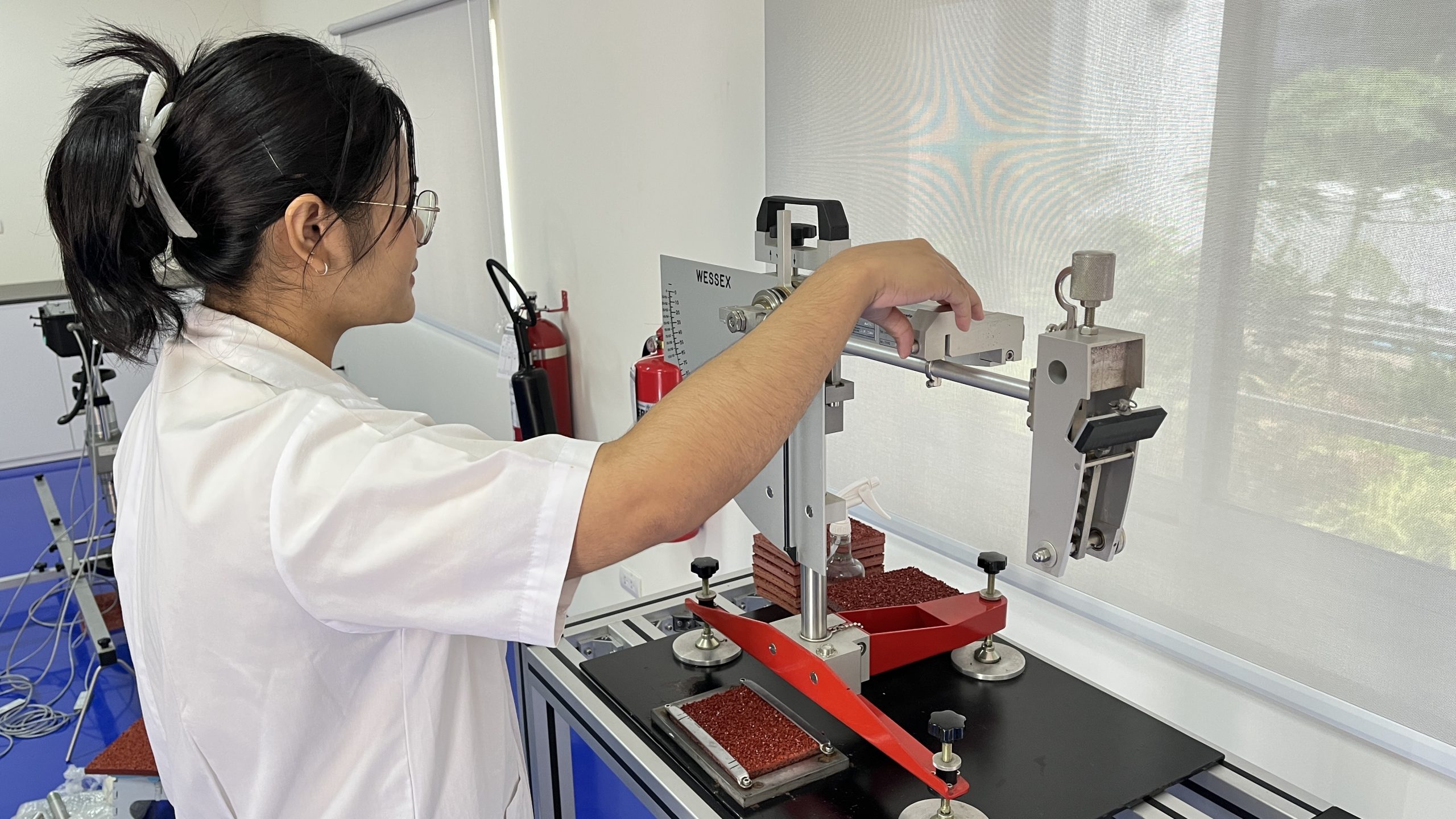
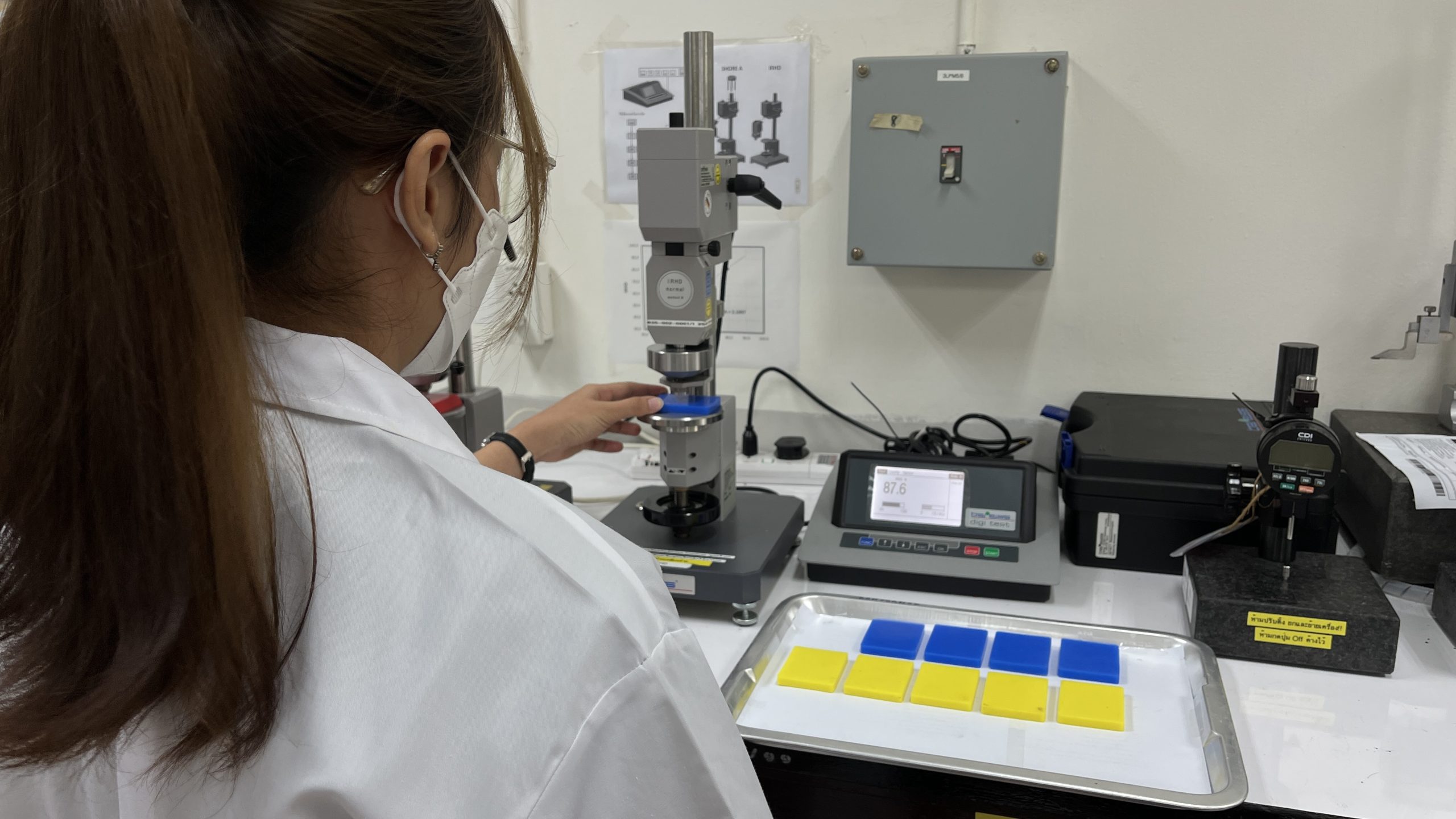
Fig 1. Research and Development in Rubber Products.
Paper Products
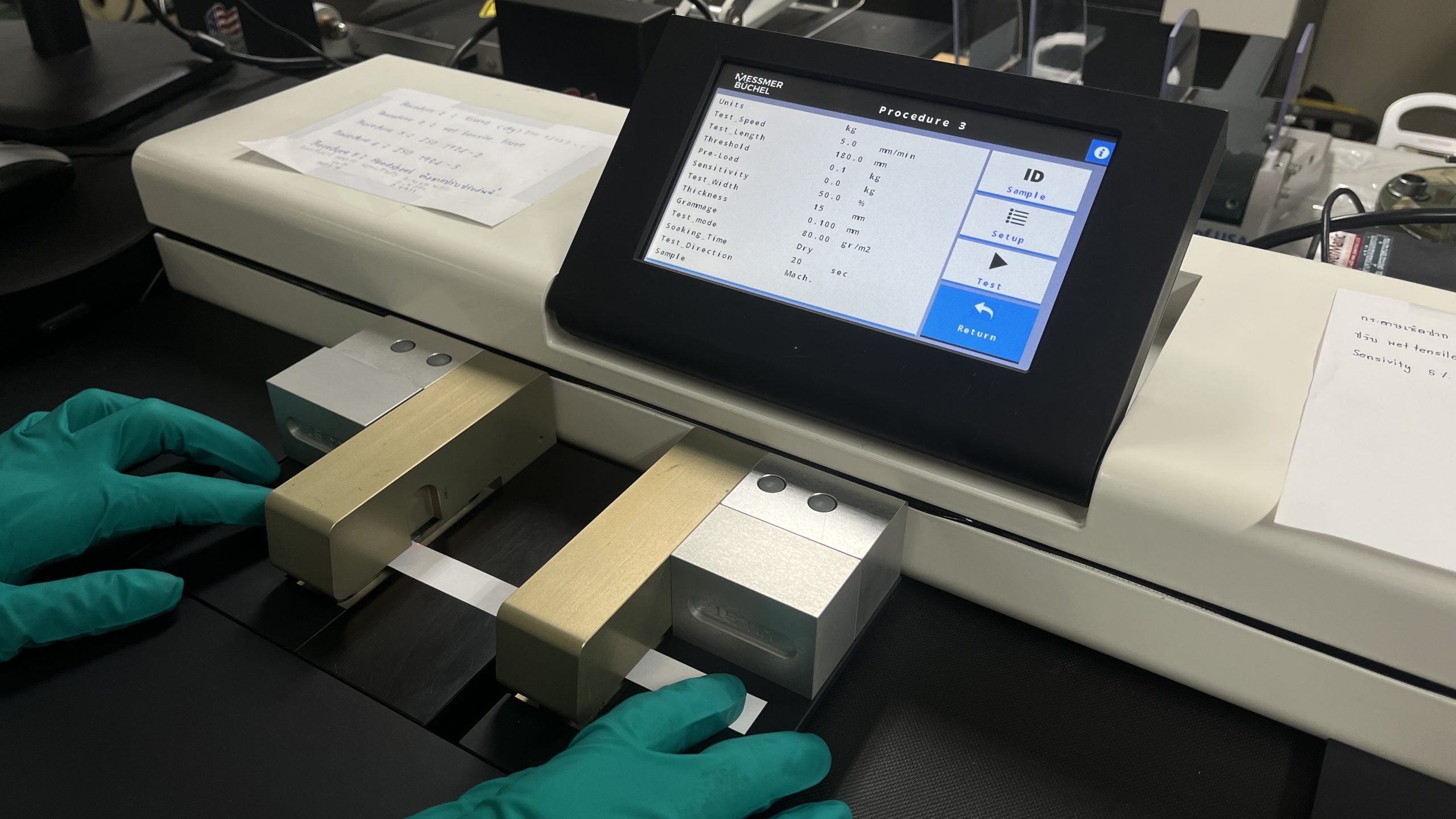
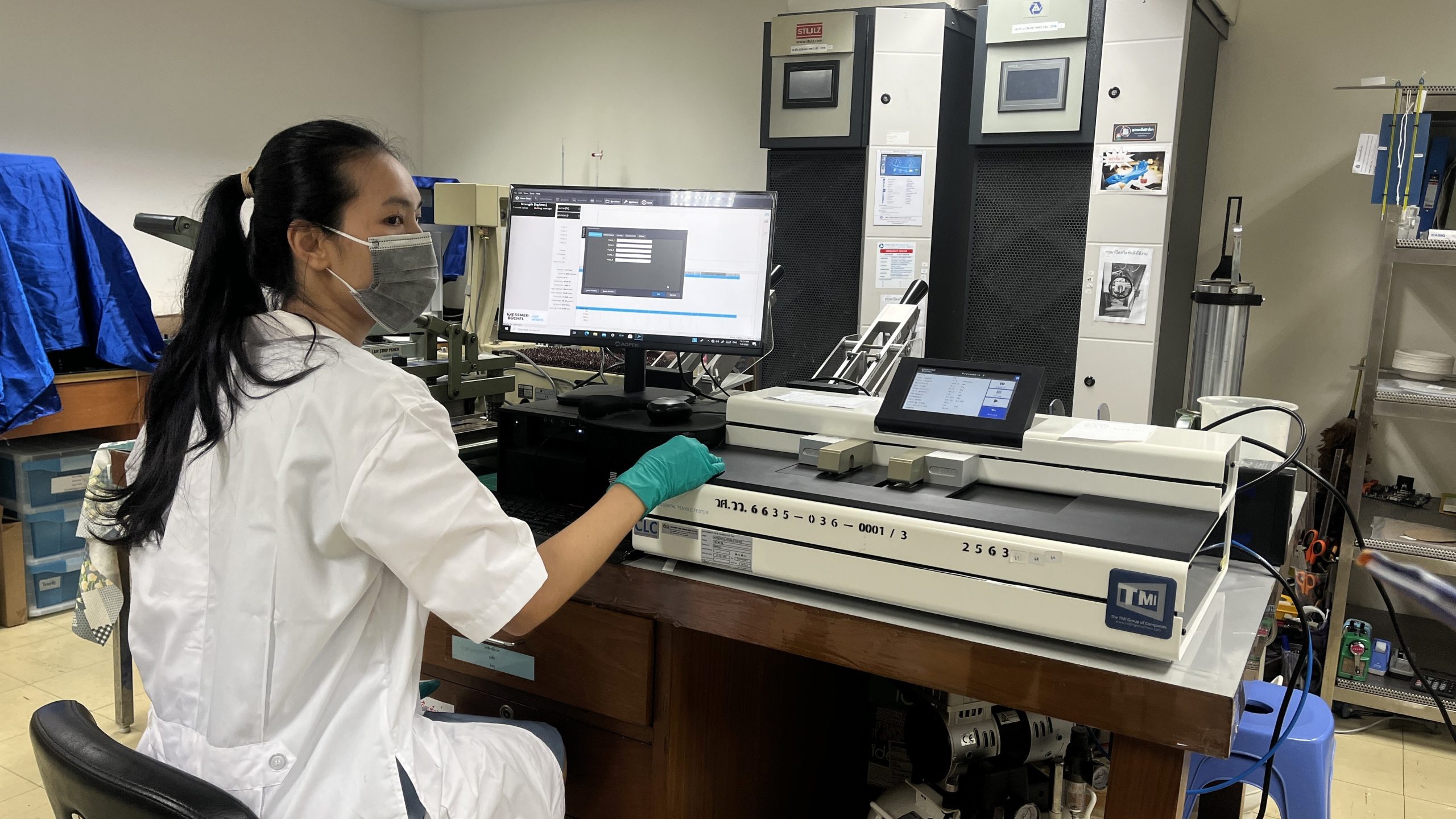
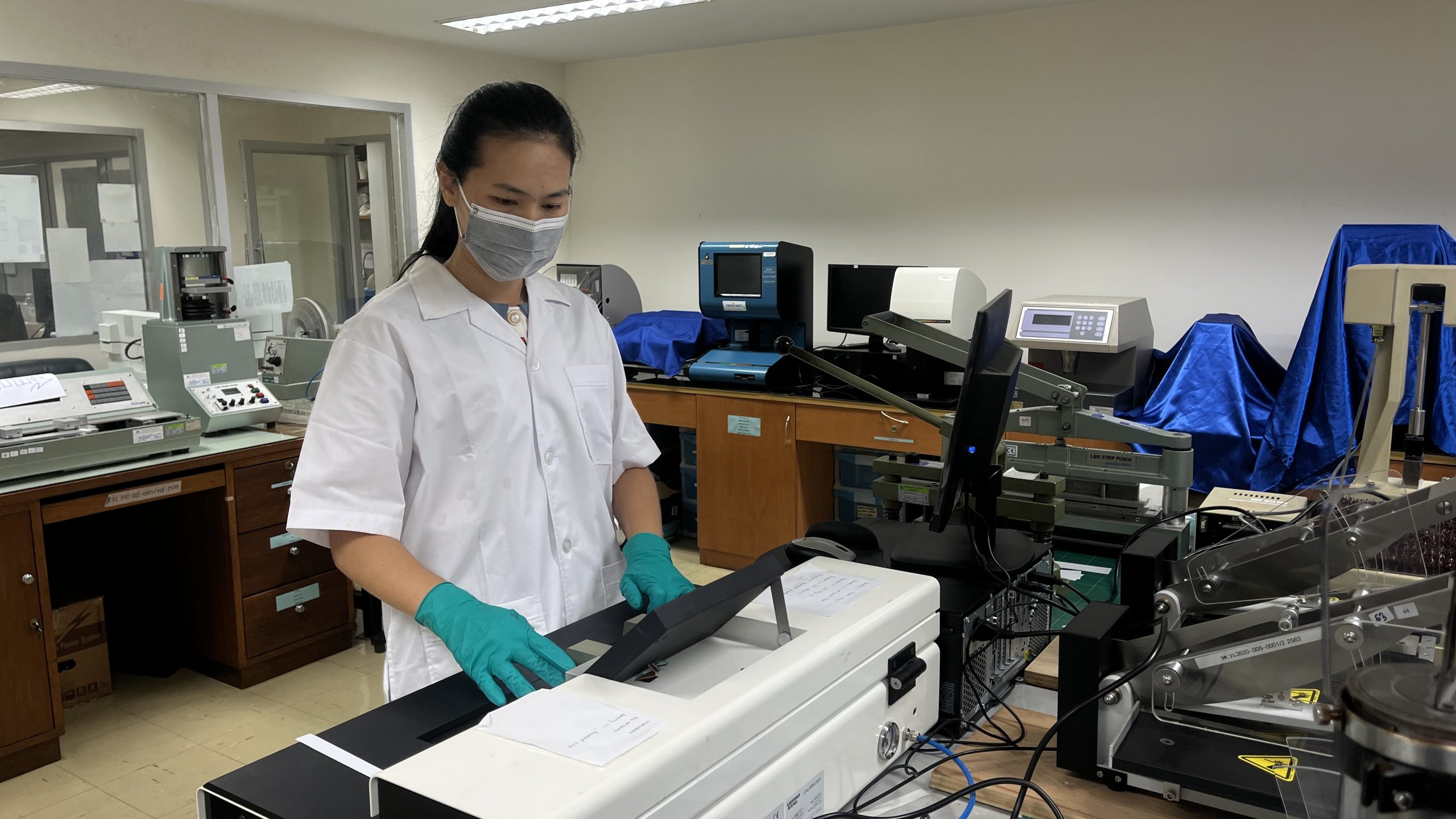
Fig 2. Research and Development in Paper Products.
Plastic Products
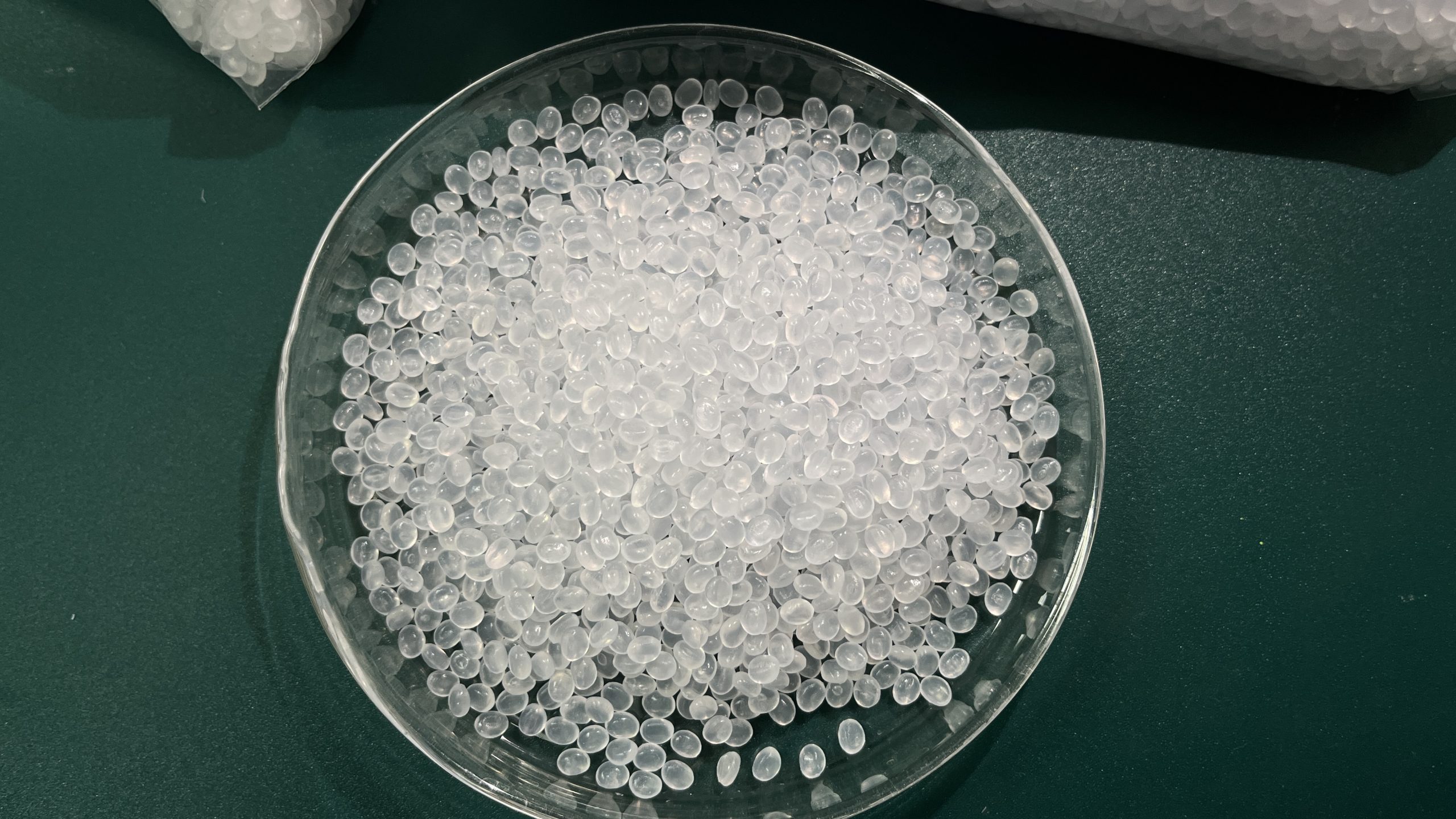
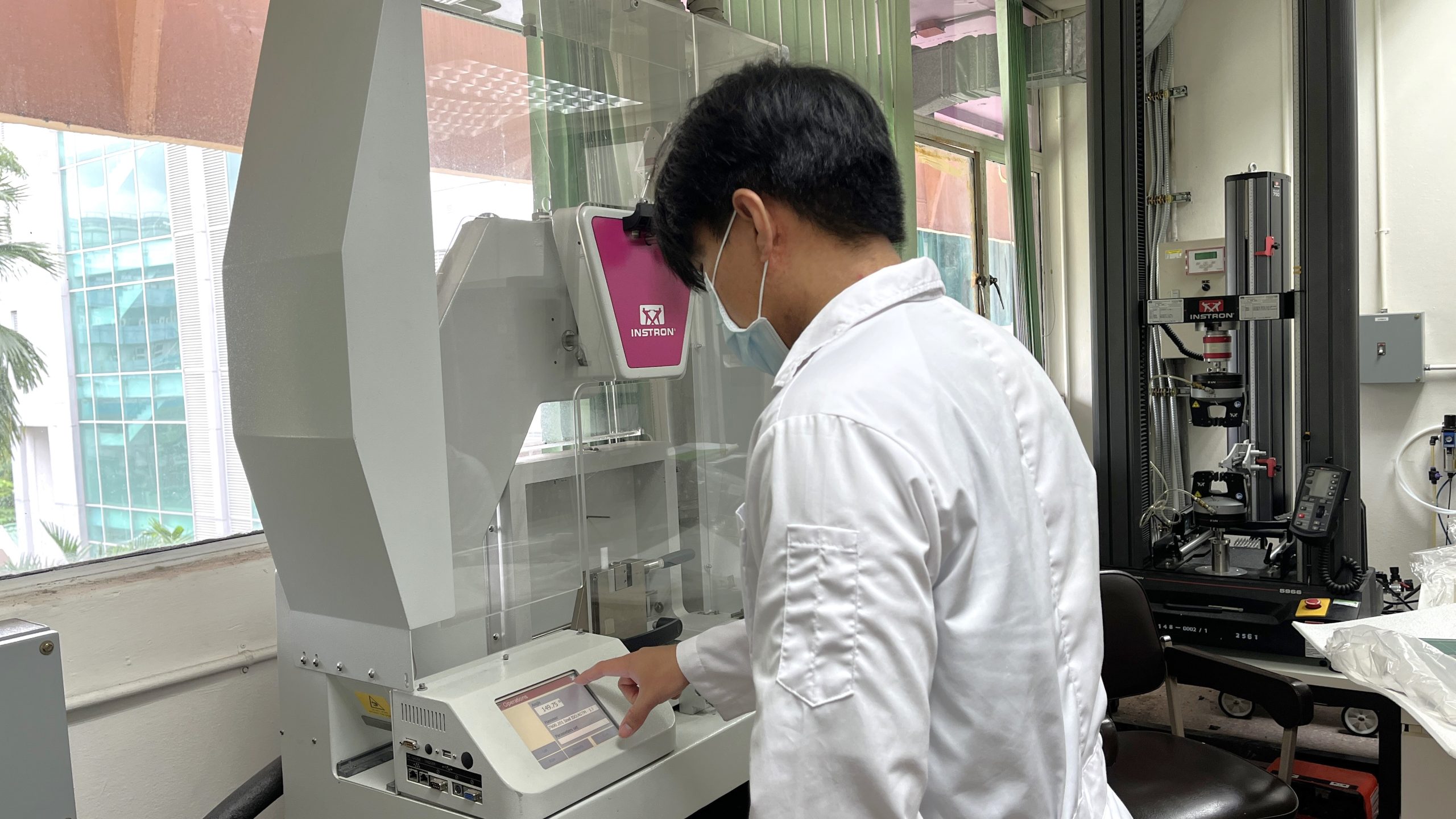
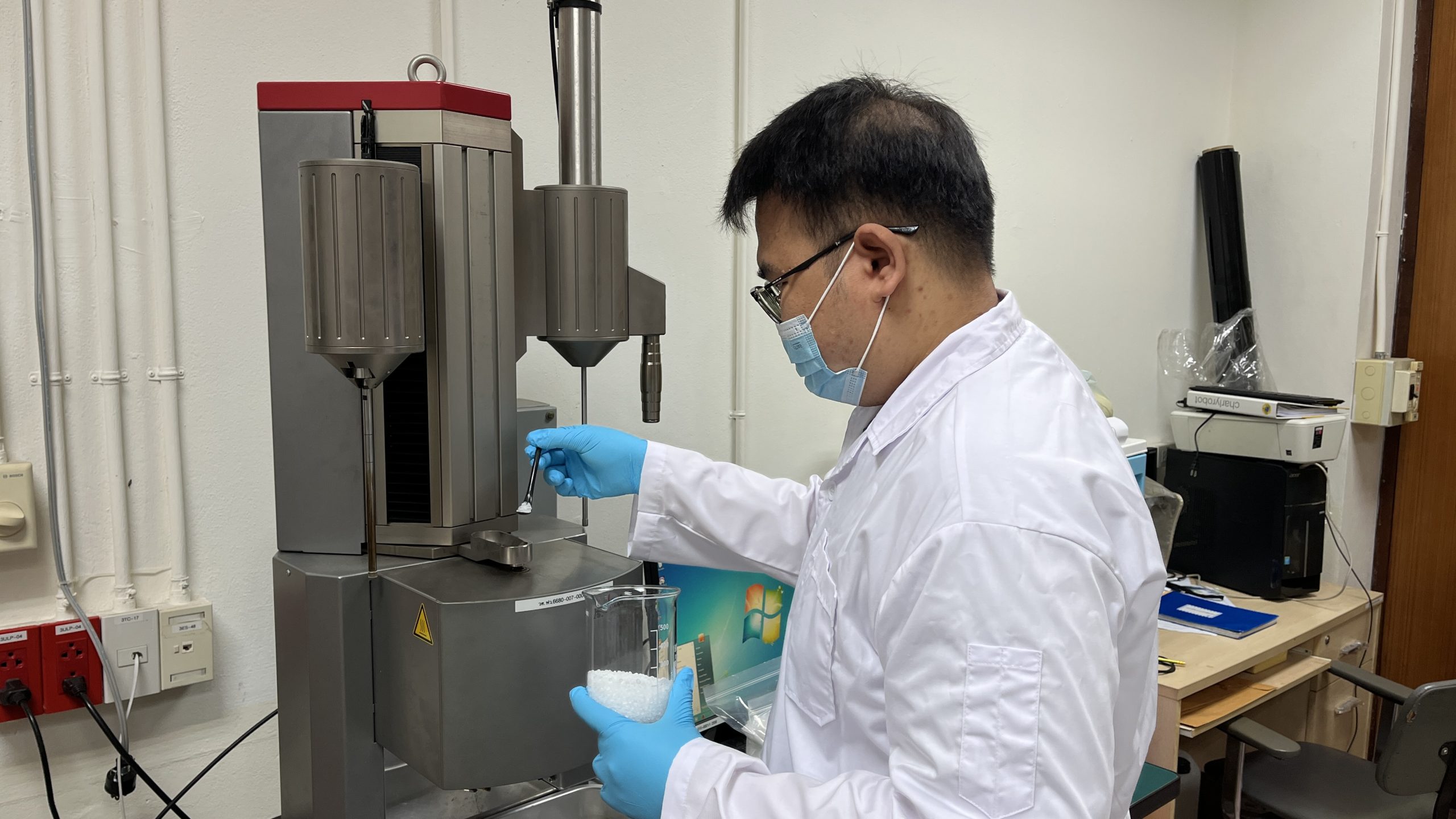
Fig 3. Research and Development in Plastic Products.
✨ 1. Significant Products:
The Physical Properties Analysis Group (PA) focuses on inspecting and describing the fundamental physical properties of diverse materials for key industries including rubber products, paper, and plastics. Additionally, the group conducts impactful research and development to foster innovation that addresses industry demands and safeguards public well-being through product quality and safety.
Rubber Products
กรมวิทยาศาสตร์บริการ (วศ.) กับการส่งเสริมอุตสาหกรรมยางของประเทศ
So Sci special : พัฒนาศักยภาพผู้ปฏิบัติงานด้านอุตสาหกรรมยางจากทั่วประเทศ ให้มีความรู้ความสามารถตามมาตรฐานสากล
Paper Products
เปิดบ้าน วศ. EP.3 ห้องปฏิบัติการทดสอบและสอบเทียบ ด้านผลิตภัณฑ์เยื่อและกระดาษ
Plastic Products
Sci DSS : Special “วศ.สำรวจปริมาณไมโครพลาสติกและโลหะหนักพื้นที่อุทยานธรณีโลกสตูล”
So Sci Special : ขับเคลื่อนสตูลโมเดลพร้อมเก็บตัวอย่างขยะไมโครพลาสติกในพื้นที่บริเวณอุทยานธรณีโลกสตูล
🏢 2. Responsibilities of Group:
- Material Innovation Research and Test Method Development: Conduct research and development on testing techniques and standards for physical properties. Emphasize alignment with international standards, legal requirements, and industry-specific regulations. Additionally, develop materials with superior physical properties compared to conventional materials to meet specific application demands and enhance national competitiveness.
- Reference Material Development and Laboratory Enhancement: Develop standard reference materials to elevate the quality of domestic testing laboratories. This ensures accurate and reliable testing and evaluation results, while also promoting international standard accreditation for these laboratories.
- Material Properties Study and Comprehension: Study the physical properties of various materials to provide in-depth insights into their characteristics and performance. This supports the development of materials suitable for use in challenging environmental conditions and examines the relationship between physical properties and application to create durable materials.
- Testing Services for Government and Industry: Provide physical property testing services to relevant government agencies and industrial sectors. This supports the development of high-quality and safe products within the country, ensuring compliance with industry standards and regulations.
- Knowledge and Technology Transfer for Commercialization: Facilitate the commercialization of knowledge and technology for both public and private entities. This aims to bolster the competitiveness of developed products and materials.
- Network Establishment and Expansion: Establish and expand collaborative networks in academia, research and development, and technology transfer to industry. This promotes material and product innovation both domestically and internationally.
🎯 3. Scope of Research Field:
– Research and Development in ” Rubber Products “
– Research and Development in ” Paper Products “
– Research and Development in ” Plastic Products “
🧪 4. Related Testing/Calibration:
We provide analytical and testing services for target industries such as rubber products, paper, and plastics, covering the following properties:
a. Structural Properties
b. Mechanical Properties
c. Optical Properties
d. Resistance Properties
🥼 5. Testing Services:
Details is coming soon.
🔬 6. Key Scientific Instruments/Techniques:
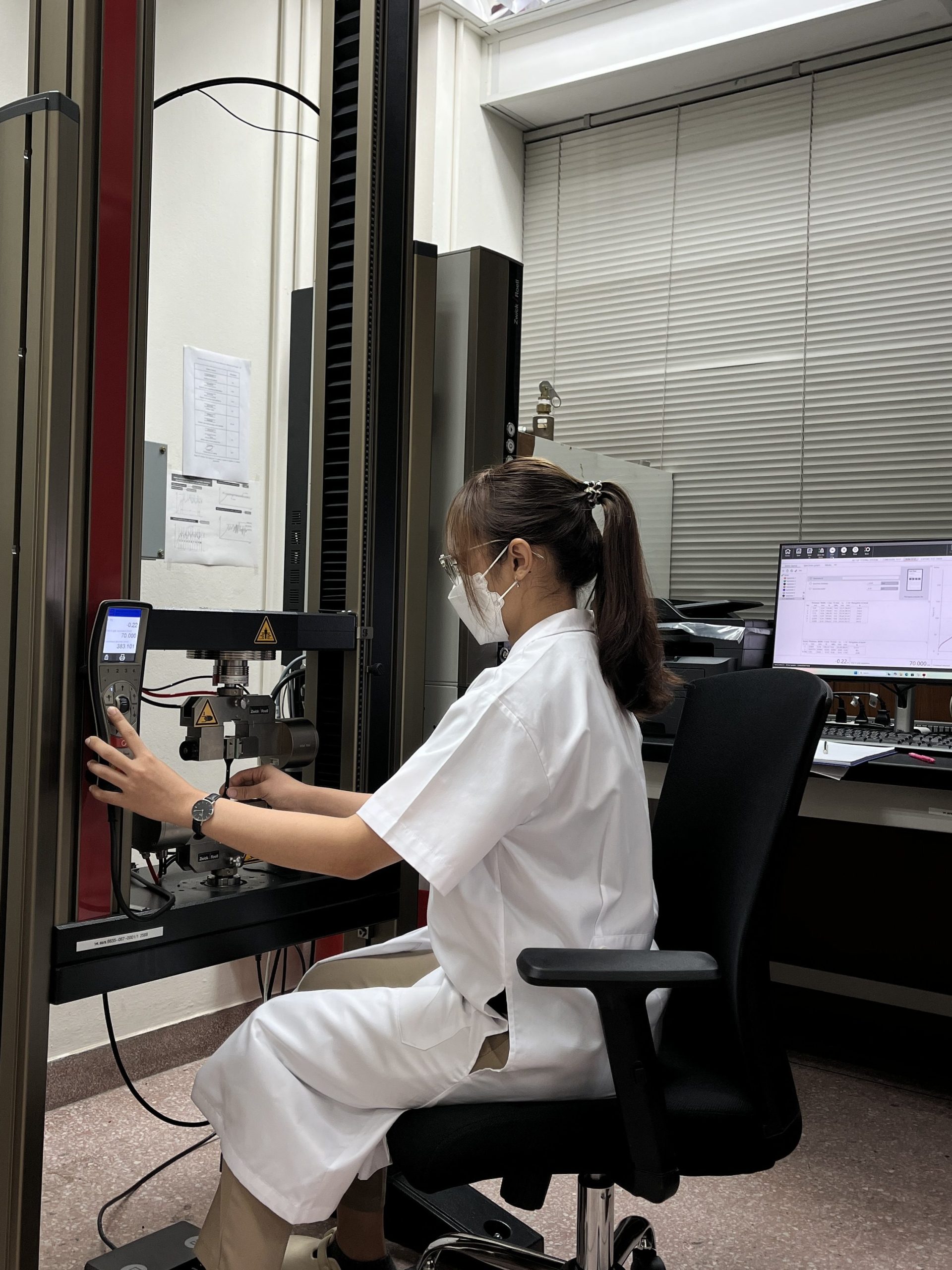
A universal testing machine measures the mechanical properties of materials by collecting data on resistance force (via a load cell) and displacement (via a displacement measuring device, such as crosshead extension or an extensometer). The results can be displayed in various units (N, kN, kg, g, lb). From the acquired data, a force-displacement curve can be generated. Subsequently, by incorporating the specimen’s dimensions, a stress-strain curve is derived. This curve illustrates crucial mechanical properties of the material, including its Modulus (stiffness), Strength (resistance to deformation), and Elongation (ductility).

This instrument quantifies Adsorbable Organic Halides (AOX) in wastewater, adhering to ISO 11480, ISO 9562, and SCAN-W 9-89 standards. The methodology involves the adsorption of all organic compounds onto activated carbon. Subsequently, inorganic chlorides are removed by washing with a nitrate solution, leaving only organic chloride or halogen compounds. The resulting activated carbon is then subjected to high-temperature combustion, causing the organic compounds to decompose into hydrogen chloride gas and other halogens. These gases are captured by an acid solution. Finally, the total chloride and halogen content is determined via coulometric titration.
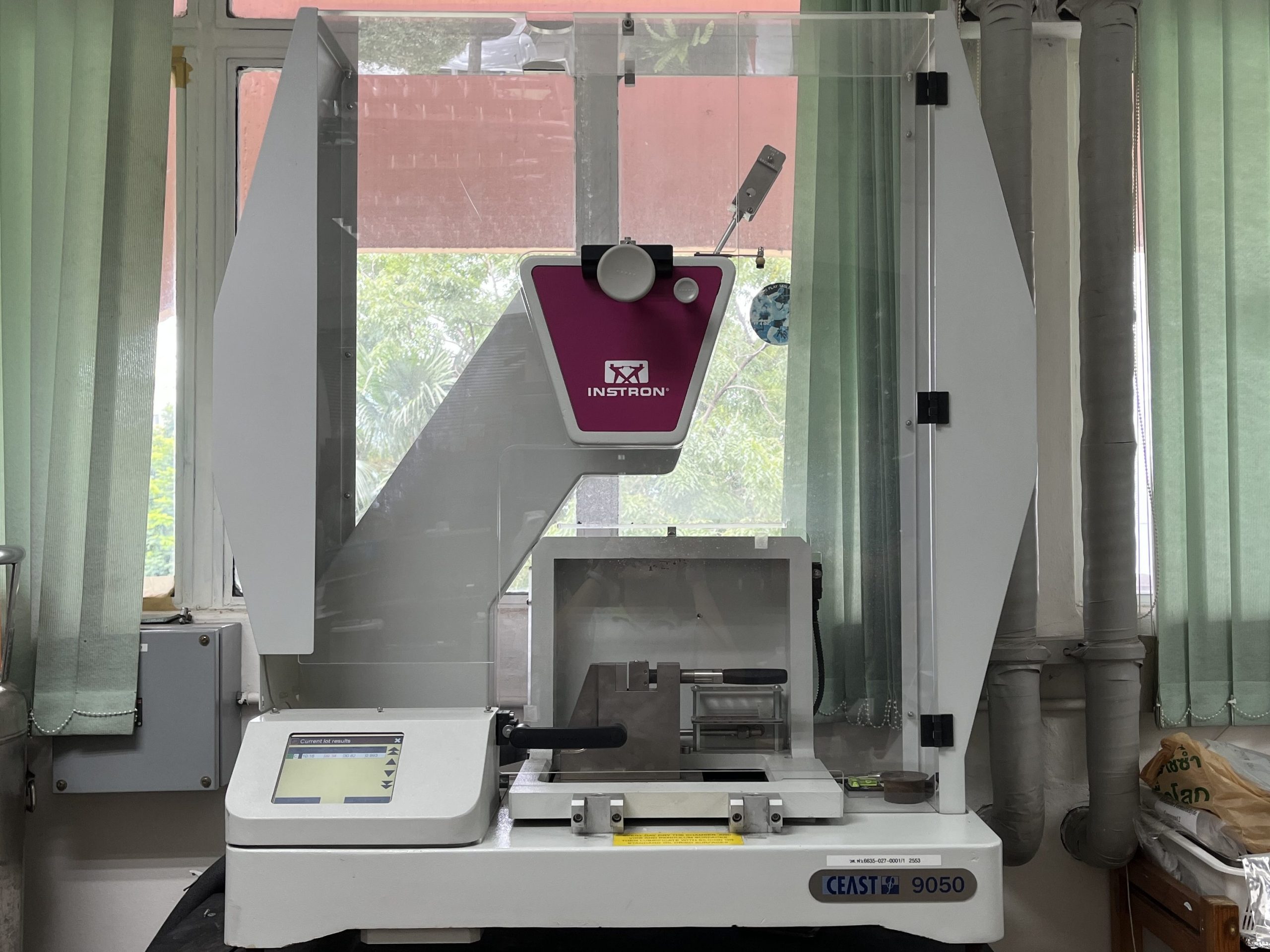
Impact testing is a method used to determine the impact energy, impact transition temperature (ITT), and to examine the fracture surface of a material. This is achieved by striking a standardized test specimen until fracture occurs. The primary purpose of conducting this test is to study a material’s capacity to withstand dynamic loads.
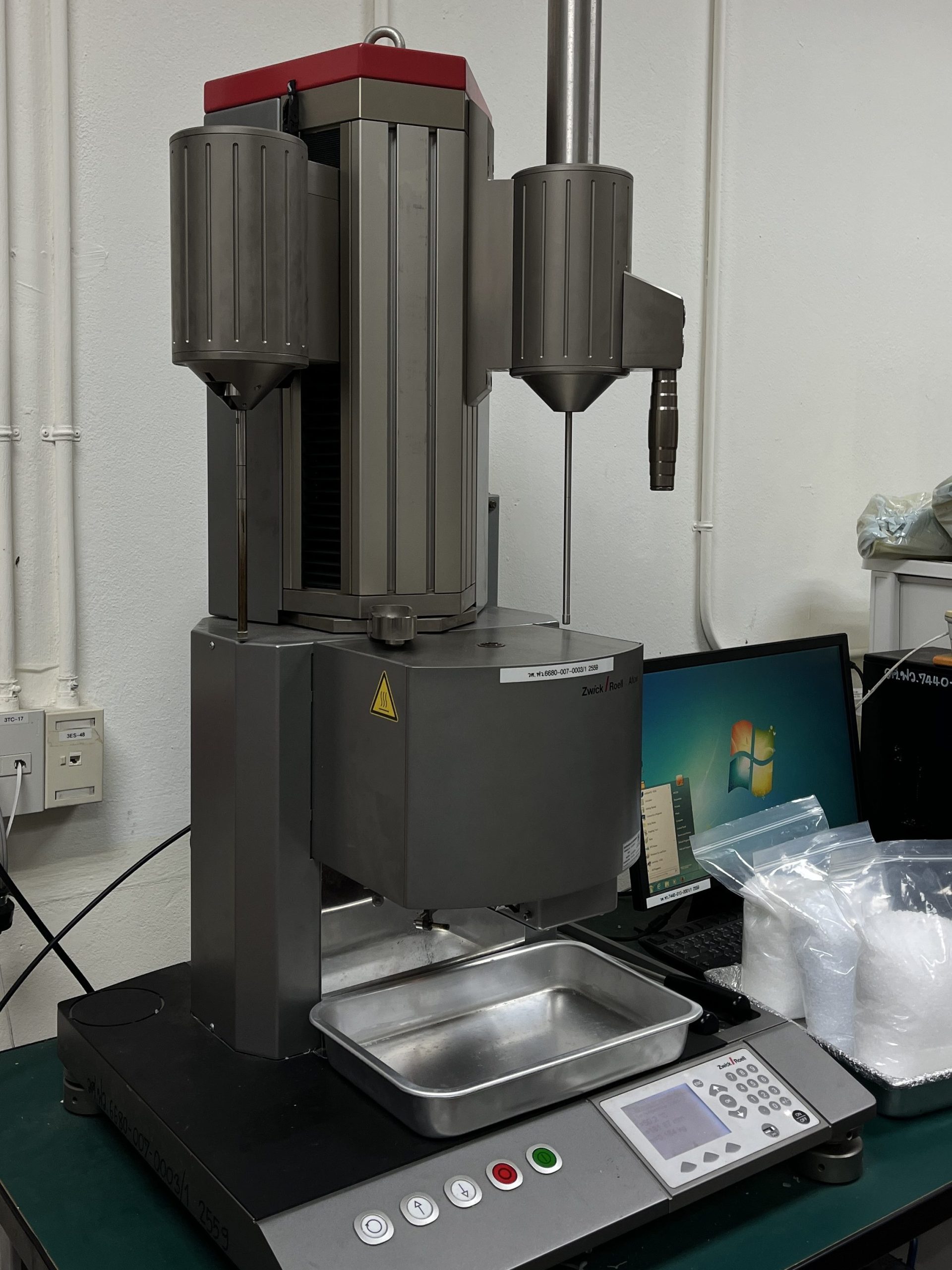
A melt flow indexer is an instrument designed to measure both the melt mass-flow rate (MFR) and the melt volume-flow rate (MVR) of various thermoplastic materials, typically in pellet form. This instrument is suitable for a wide range of polymers, including but not limited to polystyrene, polyethylene, polypropylene, nylon, acrylate resins, polyoxymethylene (POM), fluoroplastics, and polycarbonate, as well as other plastic materials.
🏆 7. Outstanding Achievements/Awards and Honors:
Prime Minister’s TRIUP Award for Research Utilization with High Impact 2022
The “Development of Natural Rubber Surfacing for Athletic Tracks, Sports Fields, and Multi-purpose Courts” research project, led by Dr. Kajpan Sakulkaew and Mr. Prasert Saeju, received a Commendable Award in the Advanced Technology category at the 2022 National Research Impact Awards, organized by the Office of National Higher Education Science, Research and Innovation Policy Council (NXPO).
📄 8. Reference publications/Journal:
Jarawee Leksuksri, Korpong Hongsri, Theerat Ardsamang. The Feasibility Study on Using Indigo Residues from the Natural Dye Extraction Process to Produce Handicraft Pape, Bulletin of Applied Sciences, Vol. 12 No. 1 January – June 2023: 57-63
☎️ 9. Contact Persons:
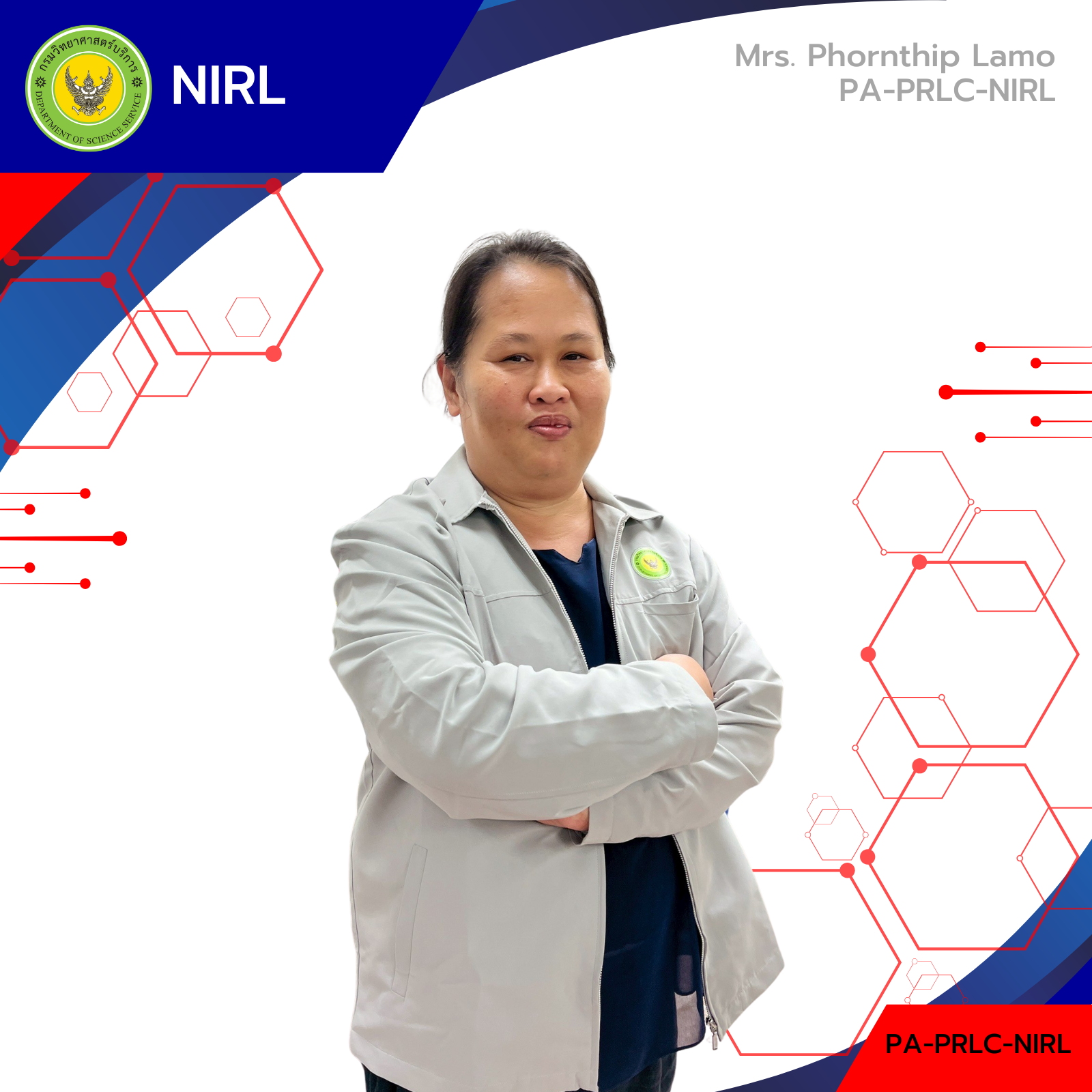
Plastic Products
Mrs. Phornthip Lamo
Position : Scientist, Professional Level
Email : phornthip@dss.go.th
Telephone : 0 2201 7162, 7163
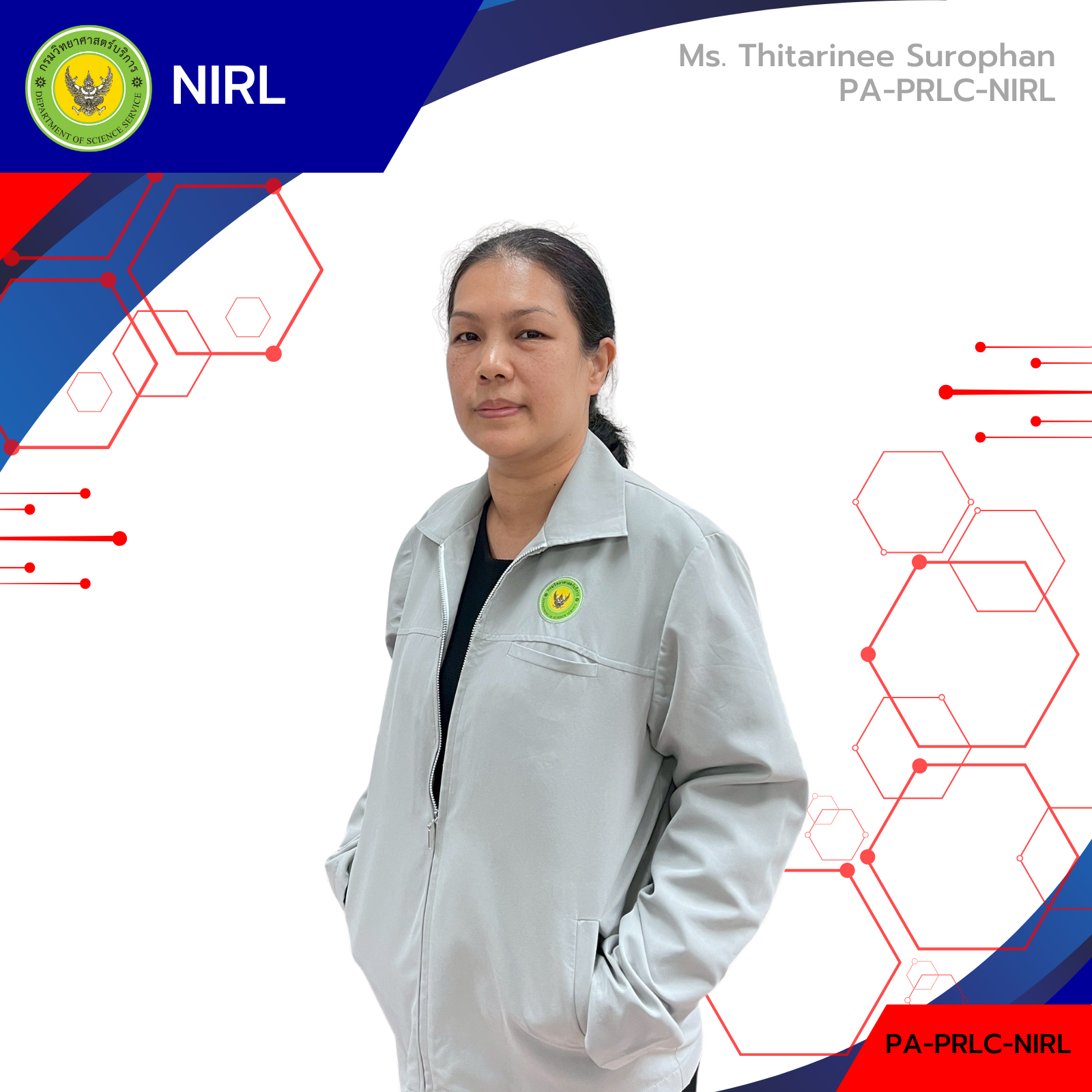
Paper Products
Ms. Thitarinee Surophan
Position : thitarinee@dss.go.th
Email : kanya@mail.dss.go.th
Telephone : 0 2201 7122
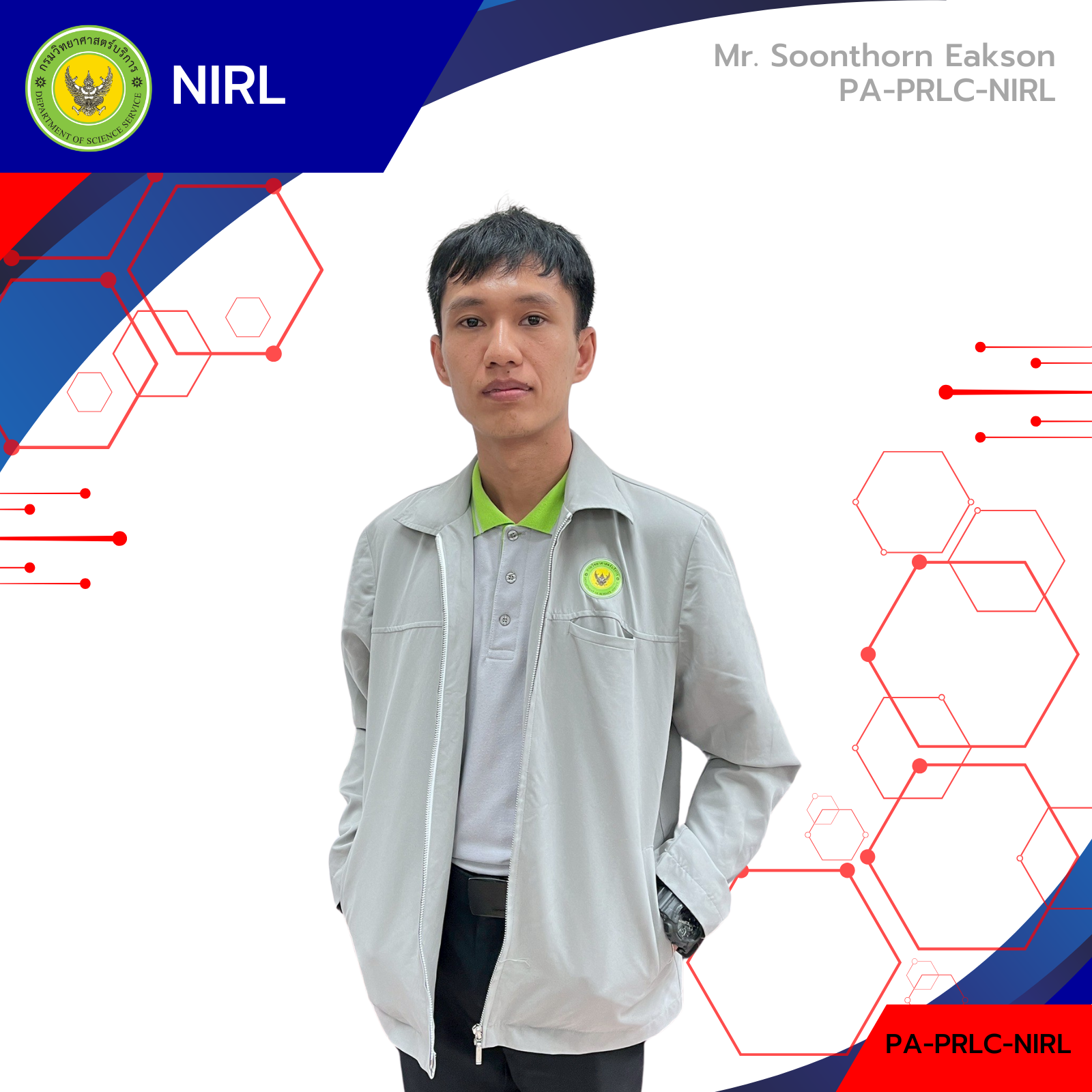
Rubber Products
Mr. Soonthorn Eakson
Position : Scientist
Email : –
Telephone : 0 2201 7169












